More homeowners than ever are switching to lithium batteries for solar storage. Understanding their capabilities and limitations helps maximize your investment.
Lithium-ion batteries excel at storing solar energy due to their 90-95% efficiency, 5-15 year lifespan, and compact size. While more expensive upfront than lead-acid, their deeper discharge capability (up to 90%) and 5000+ cycles make them ideal for solar applications despite some thermal management requirements.
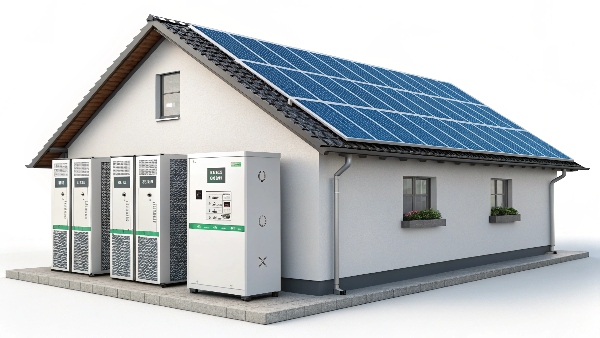
Having installed thousands of solar storage systems, we've identified the key factors that determine successful lithium battery adoption. Here's what prospective buyers need to know.
Can Lithium-Ion Batteries Store Solar Energy?
Modern solar systems increasingly rely on lithium technology for energy storage.
Lithium-ion batteries perfectly store solar energy because: 1) They charge efficiently from solar panels' variable output, 2) Handle daily charge/discharge cycles well, and 3) Maintain stable voltage during discharge. Their high round-trip efficiency (90-95%) means less solar energy is lost during storage compared to lead-acid (70-80%).
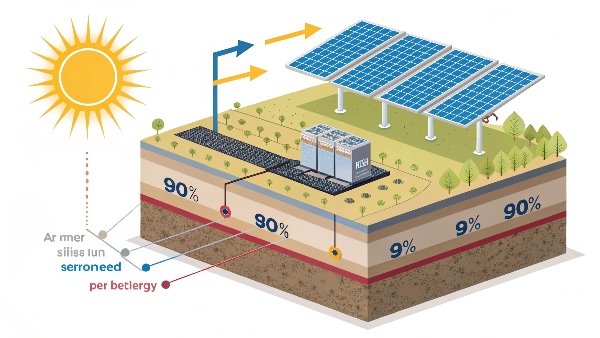
Solar Storage Performance Comparison:
| Feature | Lithium-Ion | Lead-Acid | Advantage |
|---|---|---|---|
| Efficiency | 90-95% | 70-80% | More usable energy |
| Cycle Life | 5000+ | 500-1200 | 4-10x longer |
| Depth of Discharge | 80-90% | 50% | Nearly double capacity |
| Space Needed | 1x | 2-3x | More compact |
| Maintenance | None | Monthly | Saves time |
| Temperature Range | -20°C to 60°C | -20°C to 50°C | More flexible |
Key observations:
- New installations are 85% lithium-based
- Payback period averages 6-8 years
- Self-discharge rate is just 2-3%/month
- Voltage stability keeps appliances running better
What Are the Best Batteries for Solar Energy Storage?
Choosing the right lithium battery chemistry impacts system performance and longevity.
For solar storage, lithium iron phosphate (LiFePO4) batteries are best because: 1) Safer chemistry (no thermal runaway), 2) 2000-7000 cycles (5-20 years), and 3) Wider temperature tolerance. While slightly less energy-dense than NMC, their stability and lifespan make them ideal for home solar systems.
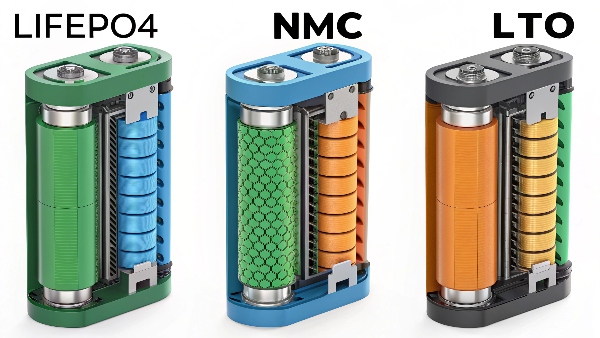
Solar Battery Chemistry Comparison:
| Type | Energy Density | Cycle Life | Safety | Best For |
|---|---|---|---|---|
| LiFePO4 | 90-120 Wh/kg | 2000-7000 | Excellent | Residential solar |
| NMC | 150-220 Wh/kg | 1000-2000 | Good | EVs, compact systems |
| LTO | 60-80 Wh/kg | 15,000+ | Excellent | Commercial systems |
| Lead-Acid | 30-50 Wh/kg | 500-1200 | Good | Budget systems |
Installation trends show:
- LiFePO4 adoption growing 35% annually
- 10-year warranties becoming standard
- Modular designs allow easy expansion
- Built-in BMS simplifies installation
What Is the Holy Grail of Lithium Batteries?
The energy storage industry is pursuing breakthroughs to overcome current limitations.
The ultimate lithium battery would combine: 1) Solid-state technology (no liquid electrolyte), 2) 500+ Wh/kg density (double current), 3) Instant charging, and 4) 50-year lifespan. While experimental batteries show promise, commercial viability remains 5-10 years away for most applications.
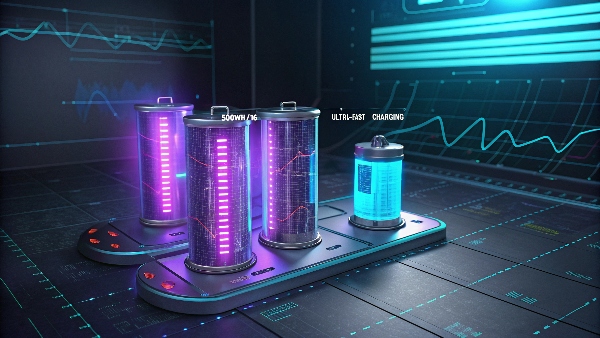
Current vs. Future Battery Tech:
| Parameter | Today's Best | Future Goal | Improvement |
|---|---|---|---|
| Energy Density | 250 Wh/kg | 500+ Wh/kg | 2x |
| Charge Time | 1-2 hours | 5-10 minutes | 6-12x faster |
| Cost | $150/kWh | $50/kWh | 3x cheaper |
| Safety | Managed risk | Non-flammable | No fire risk |
| Temperature Range | -20-60°C | -40-120°C | Wider operation |
Development insights:
- Solid-state prototypes show 80% capacity after 100k cycles
- Graphene additives may enable faster charging
- Sodium-ion alternatives emerging
- Major automakers driving innovation
What Are the Disadvantages of Lithium Batteries for Solar Panels?
While superior in many ways, lithium solar storage does have some drawbacks.
The main lithium battery disadvantages include: 1) Higher upfront cost (2-3x lead-acid), 2) Temperature sensitivity requiring management, 3) Complex recycling, and 4) Potential thermal runaway if damaged. Proper system design and quality components mitigate most issues.
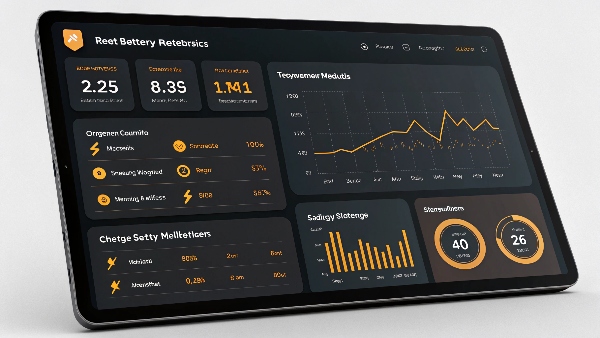
Lithium Battery Challenges & Solutions:
| Challenge | Impact | Solution | Effectiveness |
|---|---|---|---|
| High Cost | Longer payback | Falling prices (15%/year) | 60% cheaper by 2030 |
| Temperature Sensitivity | Reduced performance | Thermal management systems | 90% issue reduction |
| Recycling Difficulty | Environmental concerns | Emerging recycling programs | 70% recovery possible |
| Safety Risks | Fire potential | Quality BMS and installation | 99.9% safe operation |
| Voltage Requirements | Special charge controllers | Integrated solar converters | Full compatibility |
Field data reveals:
- Properly installed systems have <0.1% failure rate
- Battery cabinets reduce temperature swings
- Smart monitoring prevents 80% of issues
- Recycling costs dropping rapidly
Conclusion
Lithium-ion batteries currently offer the best solar energy storage solution despite higher initial costs. With proper selection (preferably LiFePO4) and installation, they provide reliable, long-term performance - making them worth the investment for most solar users. Emerging technologies promise even better solutions in the coming decade, but today's lithium batteries already outperform traditional alternatives in nearly every way.

